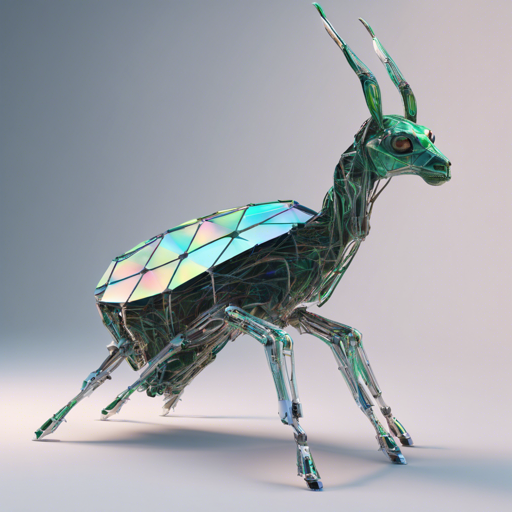In the ever-evolving world of artificial intelligence, the Mantis LLaMA-3 model stands out as a versatile and powerful tool for handling images and text in a multimodal format. Developed by the TIGER AI Lab, this model is designed to tackle complex image-related tasks through interleaved text and image inputs. Below, we will delve into how to install and run inference with the Mantis model, along with troubleshooting tips to ensure a smooth experience.
Installation Guide
Setting up the Mantis model is straightforward. Follow these simple steps to get started:
- Open your command line or terminal.
- Run the following command to install the necessary packages:
bash
pip install git+https://github.com/TIGER-AI-Lab/Mantis.git
Running Inference
Once the installation is complete, you are ready to run inference with the Mantis model. Here’s a simple example:
python
from mantis.models.mllava import chat_mllava
from PIL import Image
import torch
# Load images
image1 = "image1.jpg"
image2 = "image2.jpg"
images = [Image.open(image1), Image.open(image2)]
# Load processor and model
from mantis.models.mllava import MLlavaProcessor, LlavaForConditionalGeneration
processor = MLlavaProcessor.from_pretrained("TIGER-Lab/Mantis-8B-siglip-llama3")
model = LlavaForConditionalGeneration.from_pretrained("TIGER-Lab/Mantis-8B-siglip-llama3", device_map="cuda", torch_dtype=torch.bfloat16)
# Set generation parameters
generation_kwargs = {
"max_new_tokens": 1024,
"num_beams": 1,
"do_sample": False,
}
# Chat example
text = "Describe the difference of image 1 and image 2 as much as you can."
response, history = chat_mllava(text, images, model, processor, **generation_kwargs)
print("USER: ", text)
print("ASSISTANT: ", response)
Understanding the Code with an Analogy
Imagine you are a master chef at a restaurant. You have two main tasks: cooking delicious meals (inference) and organizing your kitchen efficiently (installation). To prepare your meals, you need various tools (packages) that are central to your cooking. In the context of the Mantis model:
- The chef represents the model, capable of understanding and comparing images, akin to observing dishes.
- Each ingredient is an element of your training data, similar to how a chef uses ingredients to create a dish.
- The orders from the customers symbolize the text prompts you use to get insights from the model.
- As the chef prepares a culinary masterpiece based on the dishes you present (images), the model generates responses based on the analyzed content of the images.
This culinary art is how you can create varied and intricate dishes or, in this case, responses from the Mantis model!
Troubleshooting
If you encounter any issues while using the Mantis model, here are some troubleshooting steps:
- Error during installation: Make sure your Python environment is set up correctly with the latest version.
- Loading issues with images: Verify that your image files are in the correct directory and not corrupted.
- Model performance is subpar: Check if you have the correct model loaded and consider tweaking the model parameters.
For more insights, updates, or to collaborate on AI development projects, stay connected with fxis.ai.
Conclusion
Mantis is a sophisticated multi-image instruction tuning model that opens up new possibilities in AI. By interleaving text and images, Mantis excels in generating detailed insights based on visual content. At fxis.ai, we believe that such advancements are crucial for the future of AI, as they enable more comprehensive and effective solutions. Our team is continually exploring new methodologies to push the envelope in artificial intelligence, ensuring that our clients benefit from the latest technological innovations.

